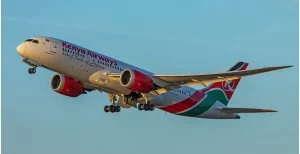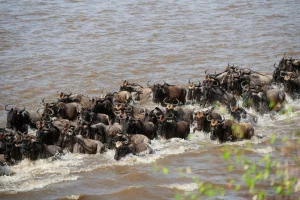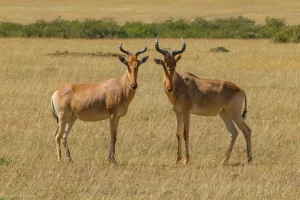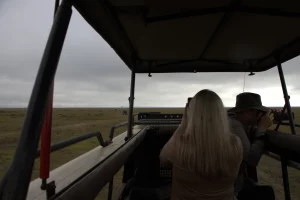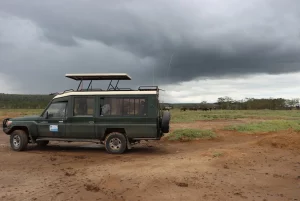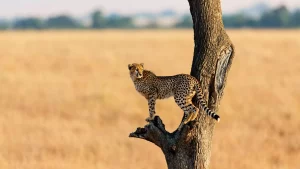Witnessing the Spectacle: A Complete Guide to the Great Migration Kenya
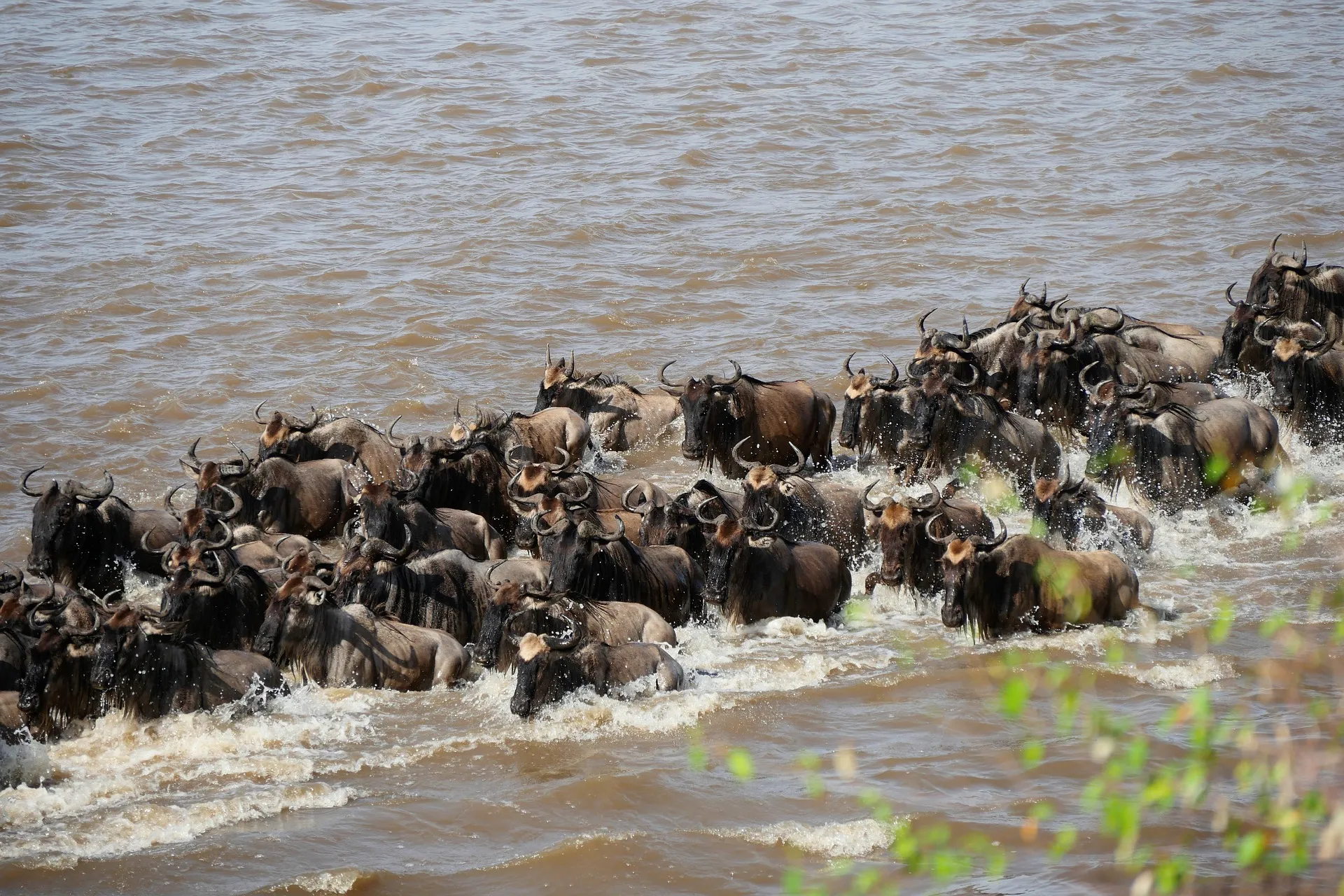
As one of nature’s most spectacular events, the Great Migration Kenya captivates with its sheer scale and raw survival drama. This guide demystifies the phenomenon, pinpointing the best times and places within Kenya’s Masai Mara and the Serengeti for you to witness over 1.5 million wildebeest, zebras, and gazelles on their epic annual trek.
How to Book Our Migration in Masai Mara National Reserve Tours
For booking, inquiries, or questions, please contact us at james@ajkenyasafaris.com or safarioffers@ajkenyasafaris.com or WhatsApp/Call +254-748-258-880.
Our Most Booked Kenya Safari Migration Tours & Other Packages
| Our Popular Packages | See the Detailed Itinerary | Safari Price/Quote |
| 6-Day Amboseli, L. Naivasha, & Masai Mara Safari | View the Itinerary | From USD 1950 |
| 6-Day Amboseli, Lake Nakuru, and Masai Mara Safari | View the Itinerary | From USD 1665 |
| 6-Day Hell’s Gate, Lake Naivasha, Lake Nakuru, & Masai Mara Safari | View the Itinerary | From USD 1745 |
| 6-Day Hell’s Gate, L. Nakuru, & Masai Mara Safari | View the Itinerary | From USD 2050 |
| 6-Day Nairobi & Masai Mara Family Safari | View the Itinerary | From USD 2500 |
| 6-Day Nairobi, L. Nakuru, & Masai Mara Safari | View the Itinerary | From USD 2870 |
| 7-Day Amboseli, Hell’s Gate, L Naivasha, & Masai Mara Safari | View the Itinerary | From USD 1945 |
| 7-Day Amboseli, L. Nakuru, & Masai Mara Safari | View the Itinerary | From USD 1800 |
| 7-Day Amboseli, Naivasha, Hell’s Gate, and Masai Mara Safari | View the Itinerary | From USD 2395 |
| 8-Day Masai Mara, L. Nakuru, & Diani Safari | View the Itinerary | From USD 1778 |
| 8-Day Honeymoon Safari in Kenya | View the Itinerary | From USD 2309 |
| 9-Day Helicopter Tour Safari in Kenya | View the Itinerary | From USD 9068 |
| 10-Day Classic Safari in Kenya | View the Itinerary | From USD 3990 |
| 10-Day Kenya Wildlife Safari | View the Itinerary | From USD 3890 |
| 12-Day Safari in Kenya | View the Itinerary | From USD 4050 |
| 18-Day Safari in Kenya | View the Itinerary | From USD 7800 |
| 3-Day African Safari in Kenya | View the Itinerary | From USD 1600 |
| 3-Day Masai Mara Budget Safari | View the Itinerary | From USD 1705 |
| 3-Day Masai Mara Safari | View the Itinerary | From USD 1405 |
| 4-Day Ashnil Mara Camp Safari | View the Itinerary | From USD 1800 |
| 4-Day Lake Nakuru & Masai Mara Safari | View the Itinerary | From USD 1769 |
| 4-Day Mara Serena Safari Lodge Trip | View the Itinerary | From USD 1690 |
| 4-Day Masai Mara Flying Safari | View the Itinerary | From USD 2050 |
| 4-Day Masai Mara Group Safari | View the Itinerary | From USD 1500 |
| 4-Day Masai Mara Migration Safari | View the Itinerary | From USD 1890 |
| 5-Day Naivasha & Masai Mara Group Safari | View the Itinerary | From USD 1780 |
Photos of 2023 Masai Mara Migration Tour
Key Takeaways
- The Great Wildebeest Migration is a massive annual event where over a million animals, wildebeest, gazelles, zebras, & other animals traverse the Mara-Serengeti ecosystem. The mega herds face multiple natural challenges including predation, exhaustion, and harsh environmental conditions.
- Optimal viewing of the Great Migration in Kenya occurs from July to late October with the dramatic river crossings at the Mara River and Talek Rivers. With other distinct phases including calving in the Ndutu area & Ngorongoro Crater and mating in Central Serengeti making for equally exciting events.
- Responsible tourism is crucial to the sustainability of the Great Wildebeest Migration, emphasizing the need for visitor etiquette, supporting eco-tourism initiatives, and engaging in conservation efforts. This is to minimize human impact and ensure the phenomenon endures for future generations.
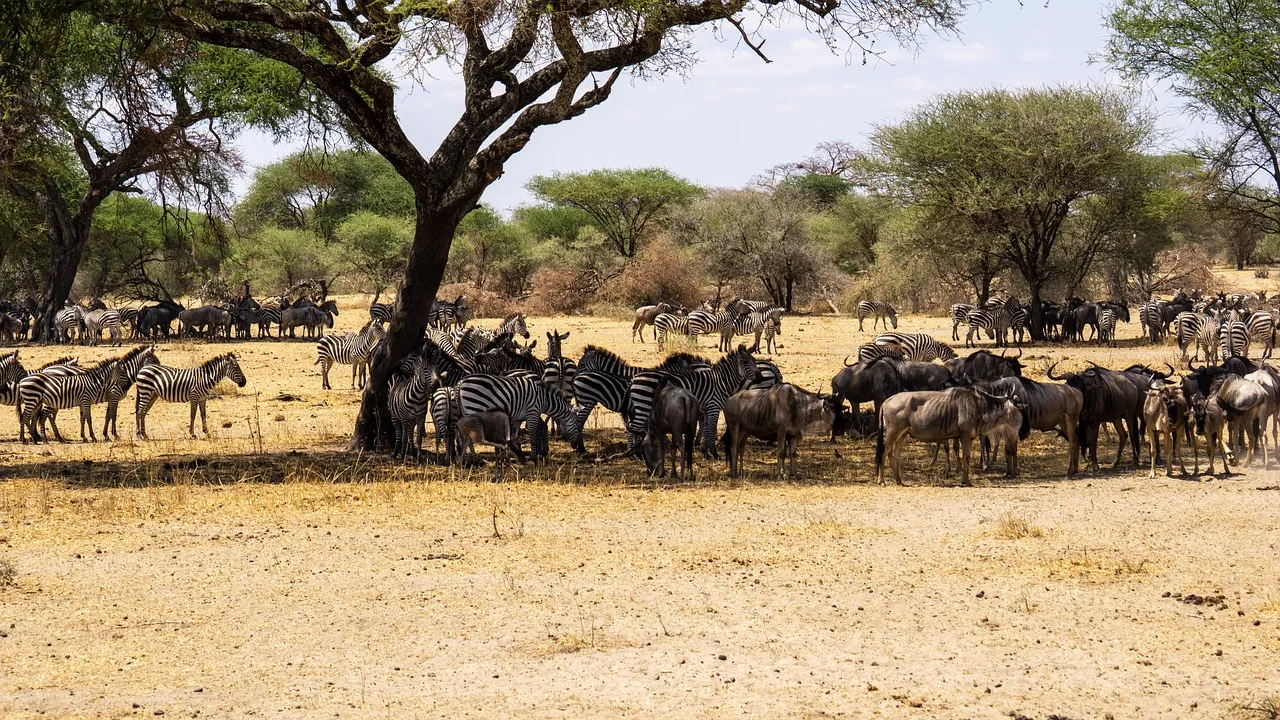
The Phenomenon of Kenya’s Great Migration
The Great Wildebeest Migration, also known as the annual wildebeest migration, stands out as an unparalleled wildlife spectacle. Over one million wildebeest, gazelles, and zebras undertake a journey across Northern Tanzania, including the western Serengeti, and Kenya’s Masai Mara.
Their collective movement stands as a testament to the survival instincts of these creatures. The wildebeest migration trip offers an opportunity to witness the herds of wildebeest move to Masai Mara ecosystems. This greatly depends on Masai Mara migration, rejuvenating the Serengeti-Mara landscape and ensuring the survival of various species.
These migrating herds of wildebeest exemplify ‘swarm intelligence,’ showcasing sophisticated behaviors crucial for survival. So vast is the Great Migration that it can be observed from space, emphasizing its enormous impact on the savannah and its unique place as a global spectacle. However, this spectacle doesn’t come without its share of adversity. Each year, the migrating wildebeest funnel faces the following natural disasters and challenges:
- Predation: Approximately 250,000 wildebeest, along with tens of thousands of zebras and gazelles, fall victim to predators like Nile crocodiles. Most of them fall victim during the popular river crossings like the crocodile infested Mara River.
- Exhaustion: The long and arduous circular migration journey takes a toll on the herds of wildebeest, zebras, and antelopes, leading to exhaustion. The herds cross several rivers with hungry crocodiles like Grumeti River, Mara River, & Talek River. When done, the herds scatter in different regions like Ngorongoro crater highlands, Serengeti’s Western Corridor, Northern and Eastern Serengeti, Southern Serengeti, Central and Western Serengeti, and Masai Mara’s Northern Region.
- Natural challenges: The migration also exposes the animals to other natural challenges, such as harsh weather conditions and disease. This is true for both the arrival and return journey southward of Serengeti National Park. The weather changes after a few months in each region, hence, the wildebeest migrate to Masai Mara and even to other regions like Northern Serengeti, Eastern Serengeti, Western Edge of Serengeti, Ngorongoro Conservation Area, and other areas.
Despite these challenges, the Great Migration continues to captivate and inspire awe in people around the world with safari’s high season of Masai Mara river crossing being the most sought-after event.
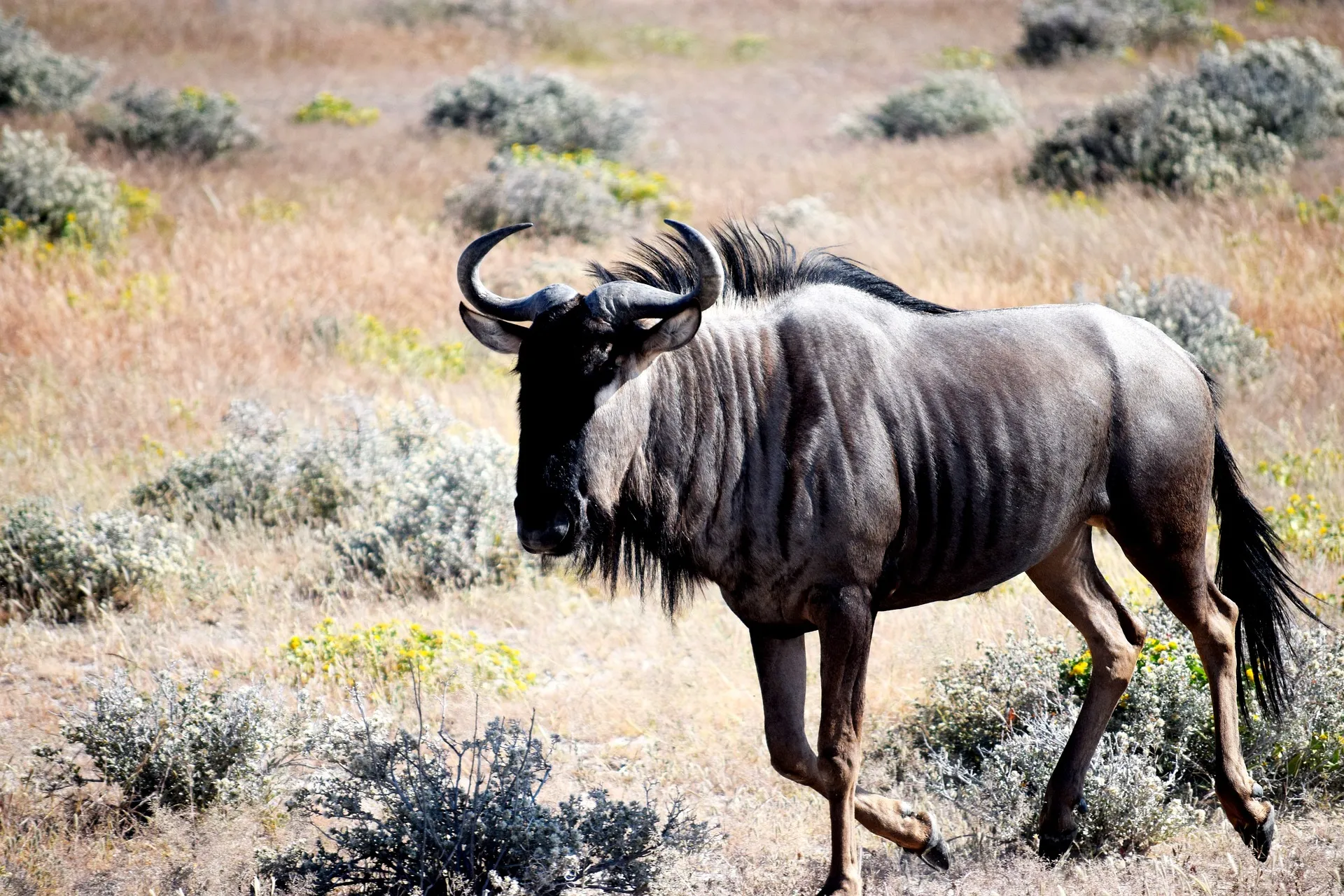
Timing Your Visit: The Great Migration Calendar
Planning your Great Wildebeest Migration safari largely depends on the timing. The best time to witness this event in Kenya is between July and October, with various events such as calving, mating, and river crossings occurring throughout the year.
We will now examine the different stages of the migration in detail.
Calving Season in the Ndutu Plains
Late January to February is the usual time frame for the calving season in the southern Serengeti, particularly in the Ndutu Area. This period is marked by an abundance of predators due to the presence of vulnerable newborn wildebeest young calves, making it a prime time for those desiring to witness the raw and intense drama of nature.
The Ndutu Region became a nursery during this time, with over half a million calves born in a span of just three weeks. This sudden population explosion presents a feast for predators, leading to some of the most thrilling wildlife encounters.
From wild dog, lion, hyena, and leopard on the plains to the crocodile-infested waters of the Mara River, the challenges these young ones face are immense. Yet, it is this cycle of life and death that perpetuates the savannah ecosystem.
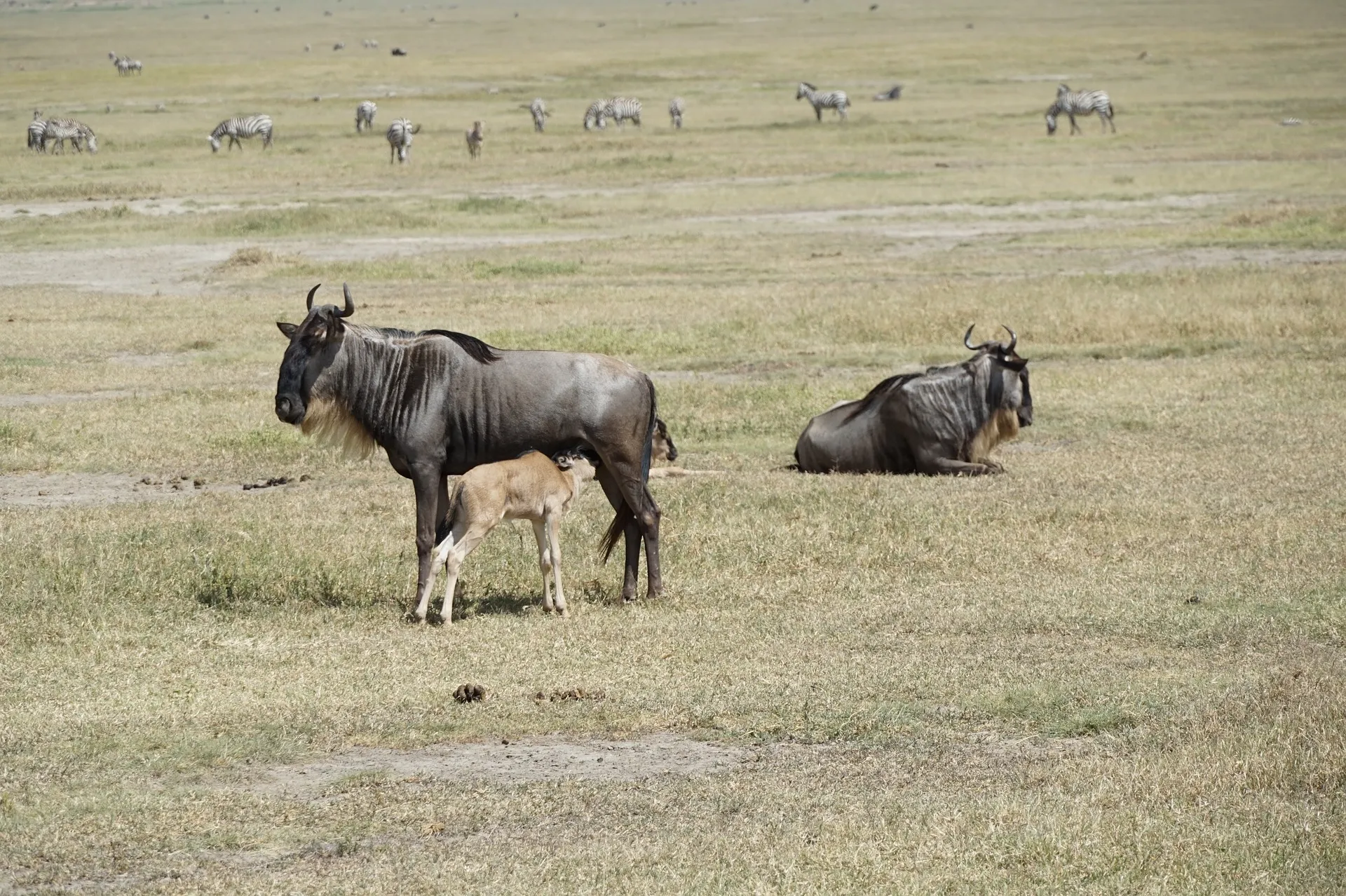
Mating Season Begins in Central Serengeti
After the calving season, the wildebeest herds begin their northward journey, with the mating season, known as the rut, commencing between May and April in the central Serengeti. It’s a time of intense activity, as males compete for dominance and the right to mate with the females.
The nutrient-rich greens available in the central Serengeti provide the much-needed energy for these breeding activities during the Serengeti migration.
The rut is an event filled with power, drama, and the cacophonous calls of competing males. It’s a time when the usually peaceful herds become a scene of chaos and competition. However, amidst this intense period, life carries on, with the herds continuing their journey northwards, following the rains and the promise of fresh grazing in North Eastern Serengeti including the lower northern slopes, southern banks, and Lake Victoria area.
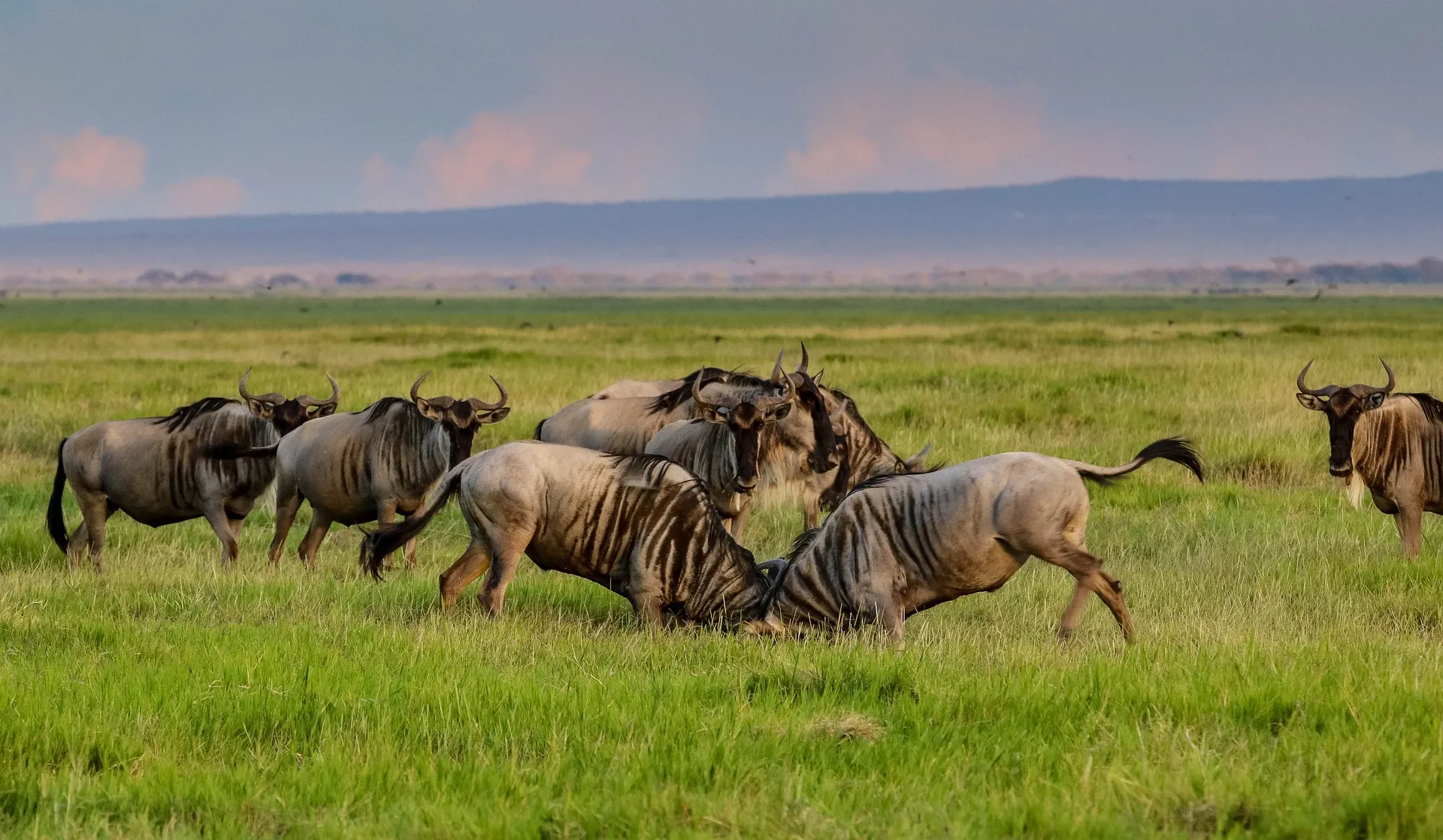
River Crossings at the Mara River
One of the most dramatic and perilous events marks the next phase of the Great Wildebeest Migration – the river crossings at the Mara River. These river crossing events occur between July and Oct, with the peak months being July and August. The wildebeest cross the river, driven by an innate urge, brave the treacherous currents and the lurking crocodiles in a desperate bid to reach the lush pastures on the other side.
These crossings are not for the faint-hearted. The sight of thousands of wildebeest plunging into the crocodile-infested waters is both awe-inspiring and heart-wrenching. Yet, it is this very spectacle that draws wildlife enthusiasts and photographers from around the globe, eager to witness and capture this dramatic display of survival and determination.
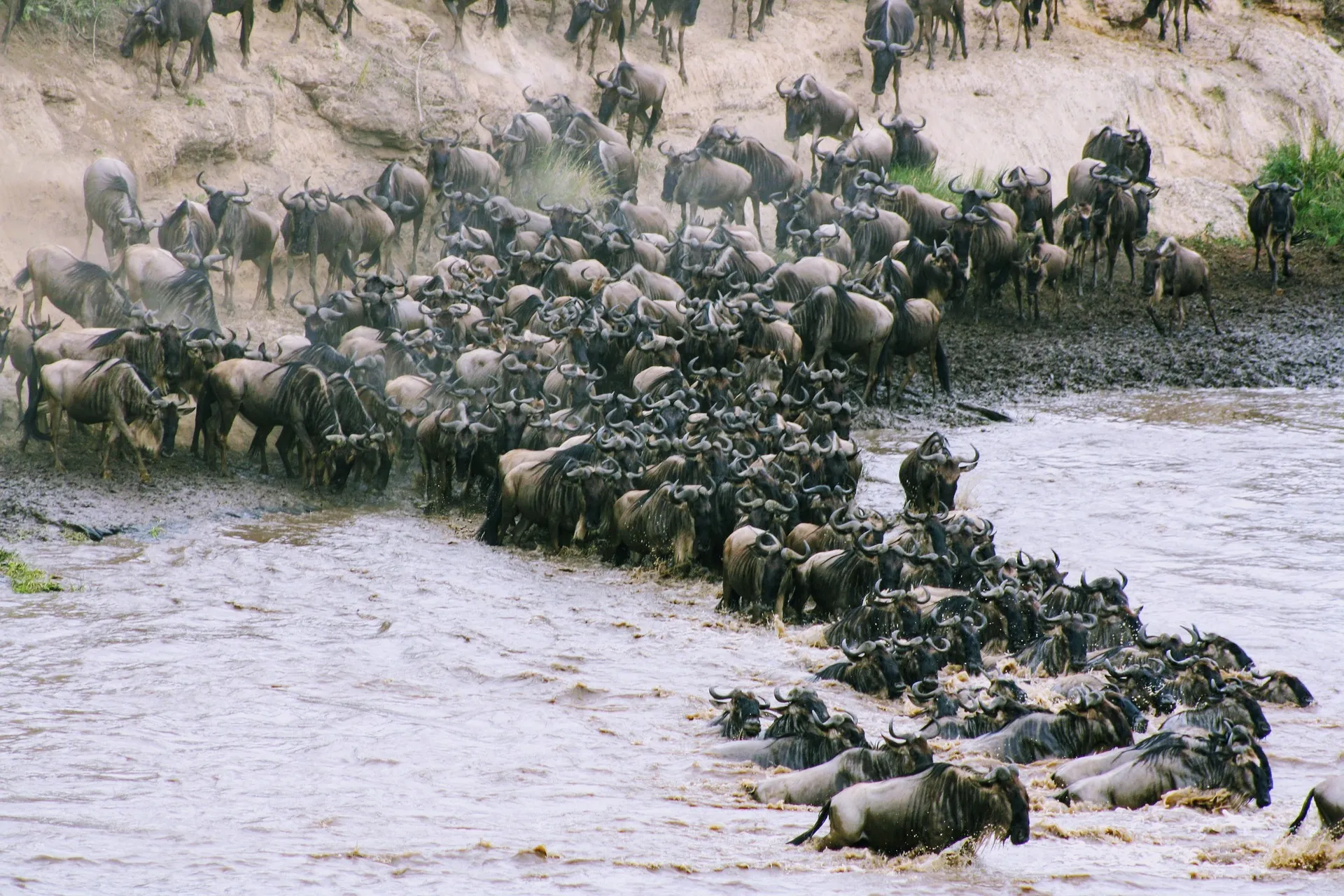
The Migration Route: From Tanzania’s Serengeti to Kenya’s Maasai Mara
An impressive circular route is covered by the Great Wildebeest Migration of approximately 800 kilometers in response to changing weather, available grazing, and water sources. The journey begins in March on the southern Serengeti’s short-grass plains and the Ngorongoro Conservation Area. By April, they commence the journey northwards.
As the year progresses, so does the migration. The herds traverse the vast plains of the Serengeti National Park, eventually heading for river crossing into the Masai Mara in Kenya. After spending several months in this rich grazing land, they embark on the return journey southwards towards the Serengeti, thus completing the cycle.
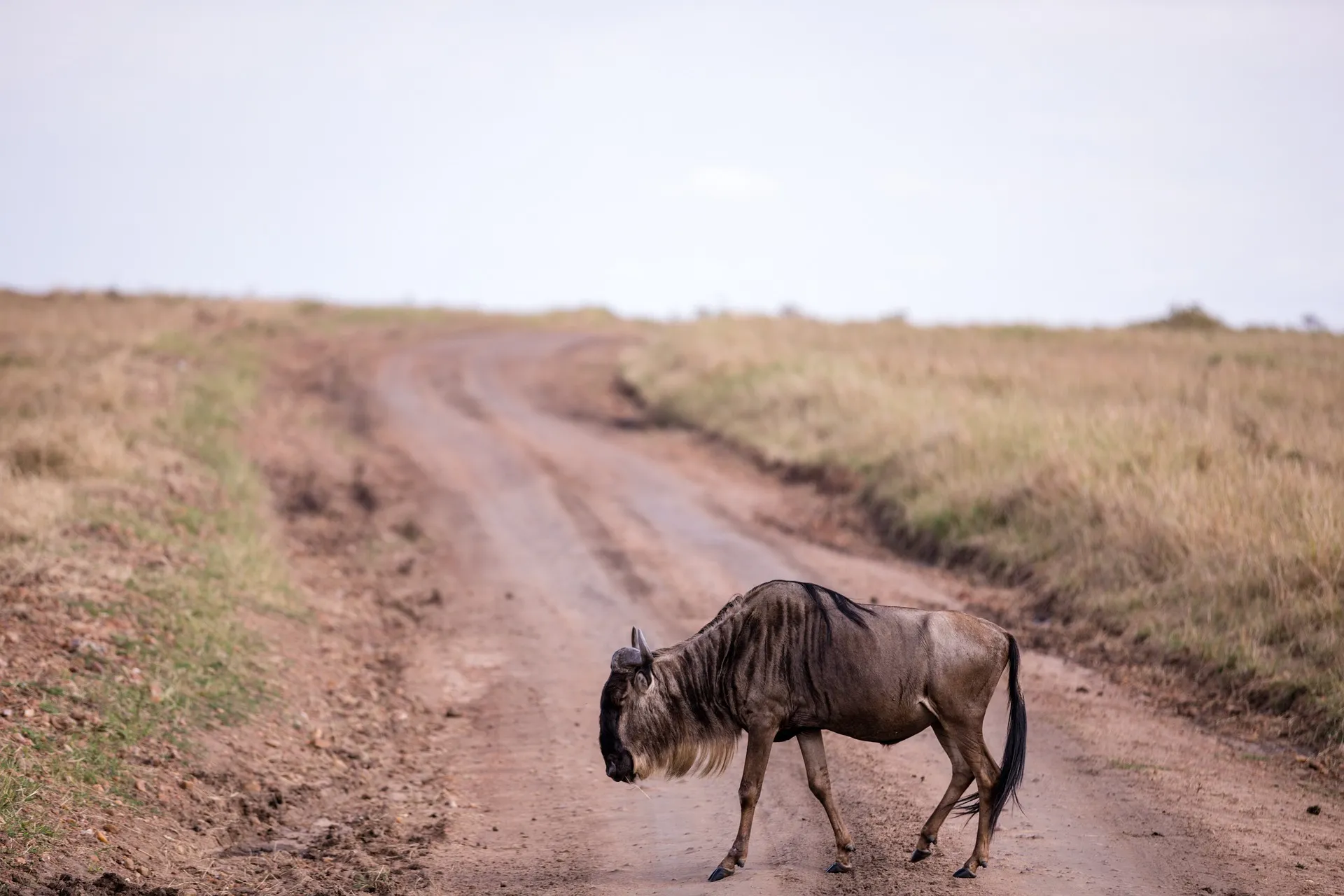
Thrilling Wildlife Encounters During the Great Migration
The Great Wildebeest Migration involves more than just wildebeest. This wildlife spectacle includes other herbivores like gazelles and zebras, presenting a vast panorama of wildlife on the move. Predators such as lions, leopards, cheetahs, hyenas, crocodiles, and wild dogs are also part of this migration, leading to dramatic wildlife encounters and intensified hunting action.
The Great Migration is a theater of life and death, a spectacle of survival and endurance. It presents a unique opportunity to witness nature’s drama unfold. From the birthing of calves and the frenzied river crossings to the lethal predator-prey interactions, every moment is filled with suspense, drama, and raw natural beauty.
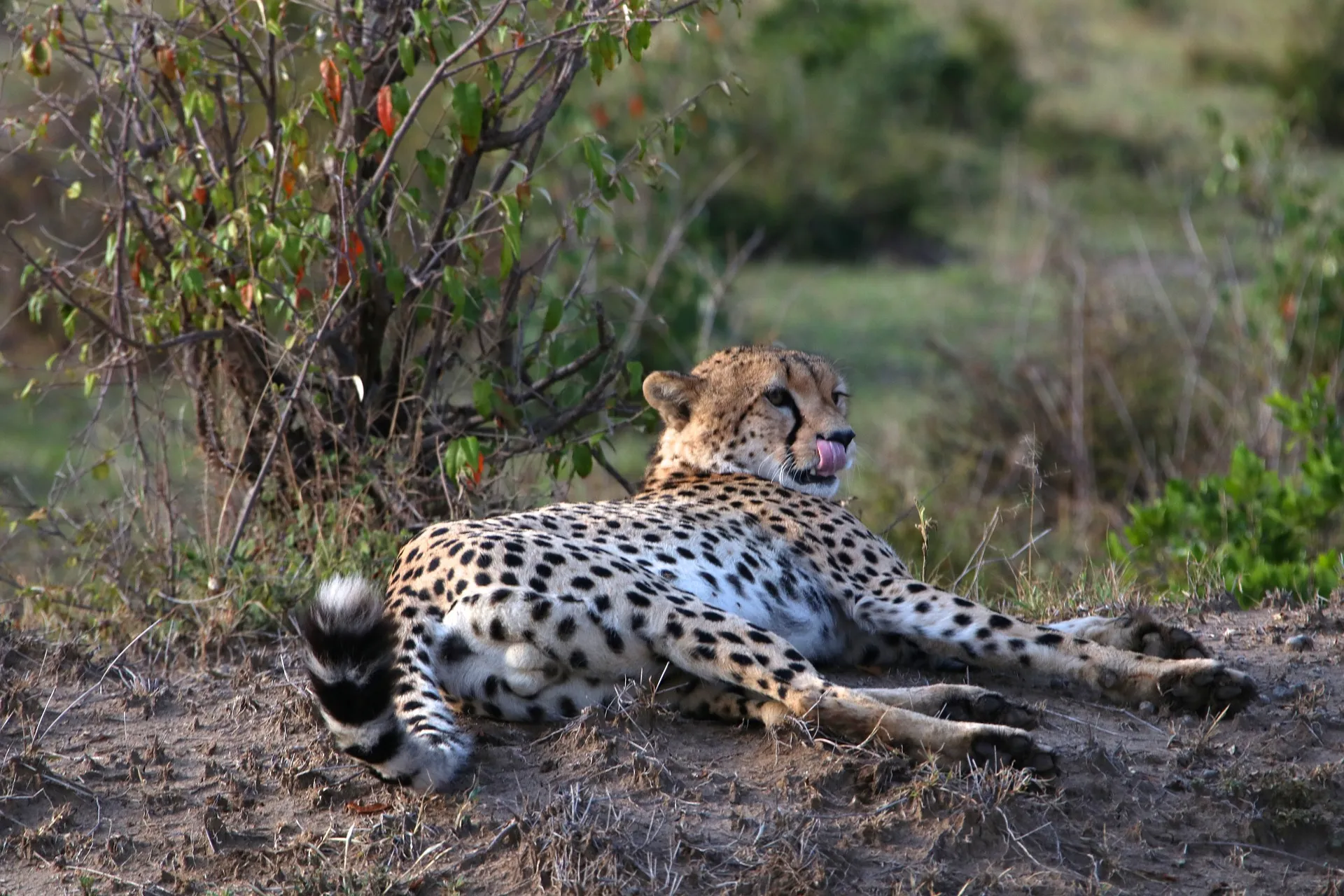
Accommodation Options for Your Great Migration Safari
Choosing the right accommodation is a key aspect when planning your Wildebeest Migration tour. The Masai Mara and the Serengeti National Park offer a range of accommodation options to suit every preference and budget, from permanent lodges and luxury tented camps to mobile camps strategically positioned near the Mara River.
Some accommodations you can choose from in the Masai Mara National Reserve include:
- The Mara Serena Safari Lodge
- Governors’ Camp
- Kichwa Tembo Tented Camp
- Olare Mara Kempinski Safari Camp
These lodgings offer dramatic views of the Great Wildebeest Migration, combining international sophistication with raw African beauty. Alternatively, you can opt for mobile camps that provide a personalized wilderness experience, with options like flights to the Masai Mara and stays in exclusive wildlife viewing areas.
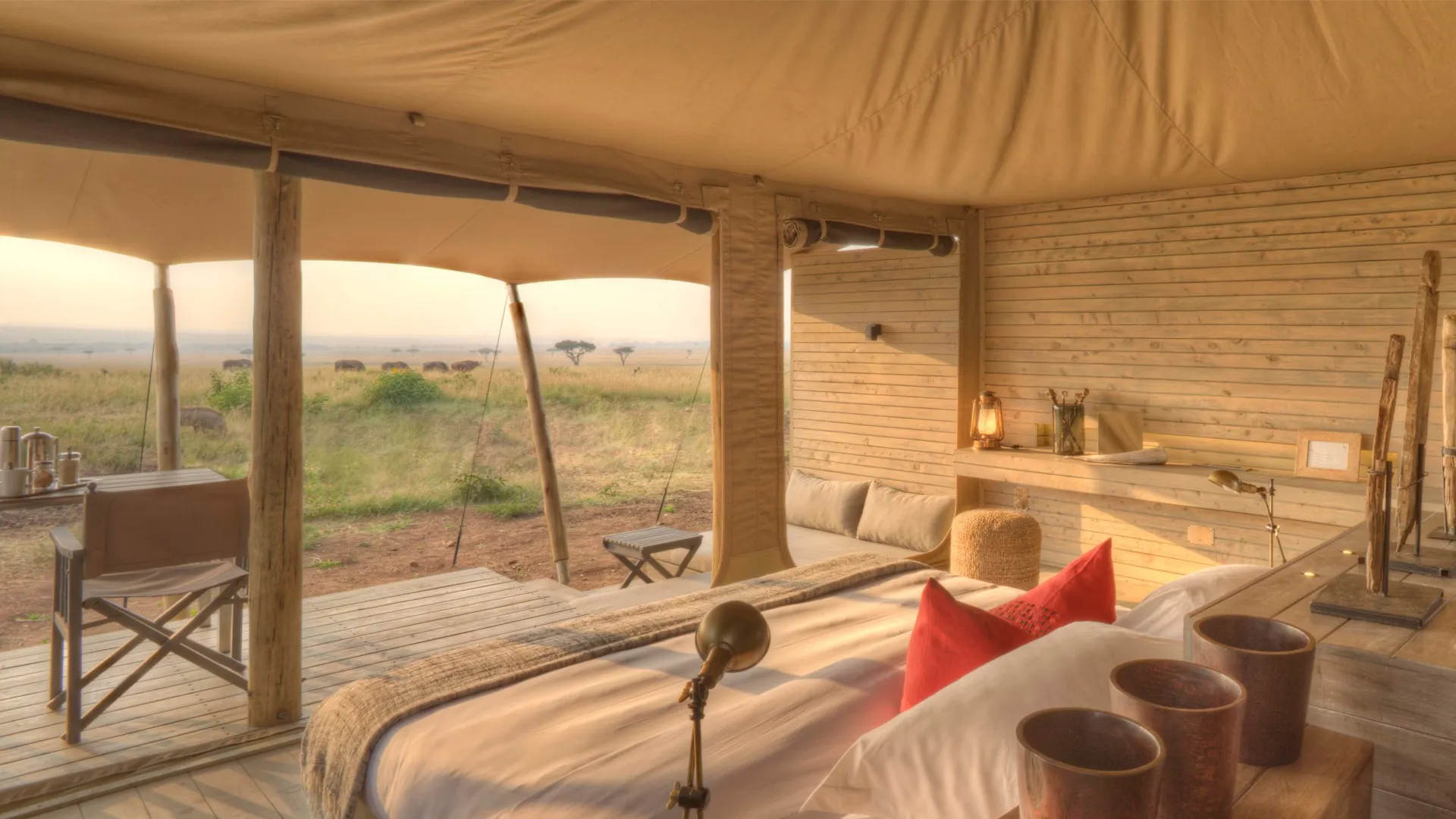
Tips for a Memorable Great Migration Safari Experience
Experiencing a Wildebeest Migration safari is a unique, once-in-a-lifetime event. To make the most of it, consider:
- Exploring more tranquil regions such as private conservancies, the Mara Triangle, and the Grumeti Reserves
- Visiting outside of peak times which are typically July to September in the northern Serengeti
- Being flexible with your travel dates due to the migration’s timing variability
- Have an idea of whether you want to catch the river crossing at Mara or Grumeti River or see animals in Northern Serengeti in early November
Diversify your safari experience by ending your journey at a more isolated lodge or camp, and integrate activities like guided walks, bush picnics, night drives, and hot air balloon safaris. Enhance your safari by including visits to other renowned wildlife areas like the Serengeti National Park and Maasai Mara, which offer spectacular scenery and wildlife encounters beyond the migration.
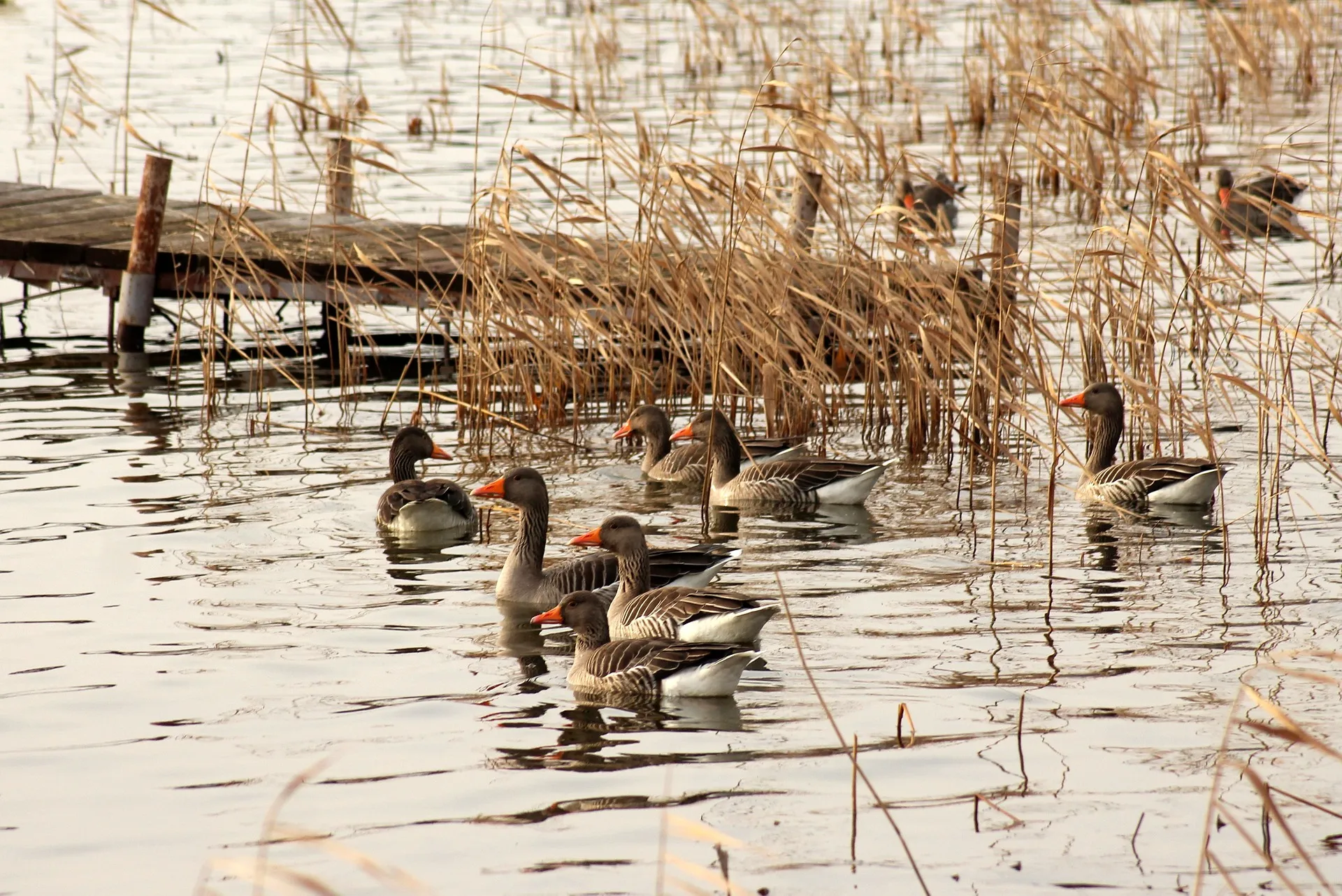
Capturing the Moment: Photography Tips for the Great Migration
Photographers dream of capturing the Great Migration, offering countless opportunities to capture stunning images. Using continuous focus mode can help maintain sharp focus on moving subjects such as the wildebeest during the Great Migration. Aim for a fast shutter speed of 1/1000th second or more to freeze the movement in action-packed scenes.
Hand-holding the camera with vibration reduction engaged can aid in capturing action spontaneously and freely. A wide-angle lens is crucial for encompassing the extensive herds and their environment in a single frame. Midday sun provides sufficient light for smaller aperture settings like f/8, creating a deeper depth of field for landscape-like images of the migration.
Positioning oneself strategically at known animal congregation points allows for pre-focusing, enabling the capture of images when animals move through these predetermined sharp zones.

Responsible Tourism During the Great Migration
While the Wildebeest Migration is awe-inspiring, we must remember our visitor status in this vast ecosystem. Responsible tourism plays a key role in safeguarding the continuous existence of the wildebeest migration and the interconnected ecosystem relationships.
To promote responsible tourism, we can:
- Support community awareness programs
- Participate in wildlife education initiatives
- Foster local stewardship
- Enhance the understanding of the migration’s ecological and economic importance to the region
- Avoid throwing trash to Mara & Grumeti River and the reserve and park at large
By taking these actions, we can contribute to the preservation of the Great Migration and ensure its sustainability for future generations.
Eco-tourism initiatives contribute to responsible tourism by:
- Regulating tourist numbers
- Utilizing low-impact lodging options to minimize human impact on the Serengeti-Mara ecosystem
- Preserving migratory corridors and dispersal areas, aided by community conservancies and payments for ecosystem services
Responsible tourism during the Great Migration is essential for the long-term sustainability of the ecosystem.
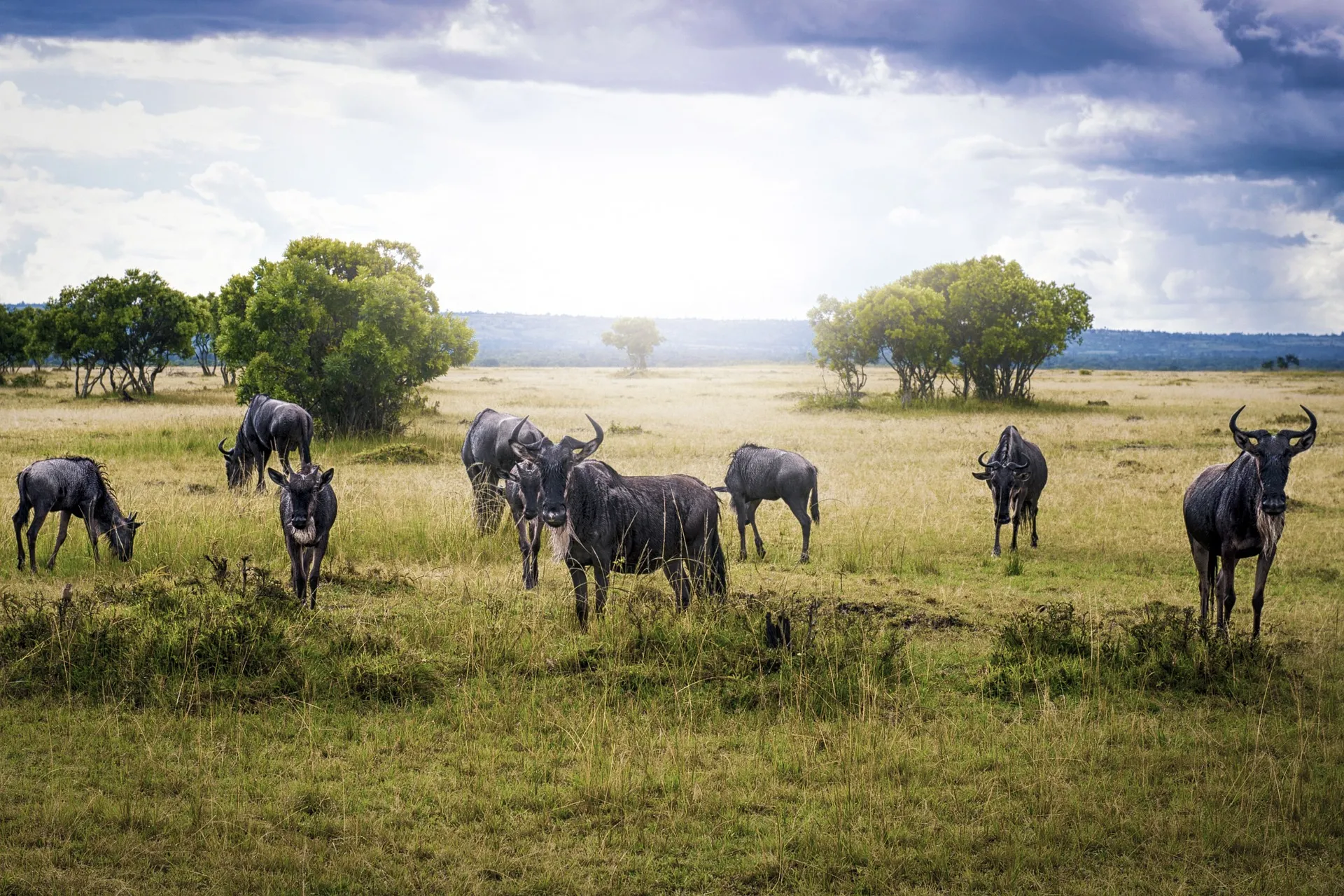
Customizing Your Great Migration Safari: Tailored Itineraries and Tours
Each Wildebeest Migration safari trip is unique in its own way. You can choose from budget-friendly itineraries, discounted rates, and tailored experiences to create a safari that suits your preferences and capabilities. These economical safaris provide an opportunity to experience a wealth of wildlife, including the Big Five, and enjoy guided game drives and cultural visits.
Itineraries for the Great Migration can be tailored to match the physical capabilities and preferences of travelers, ensuring a comfortable and accessible experience. To conclude the Wildebeest Migration safari, travelers can enjoy a refreshing stay and a farewell meal in Nairobi, wrapping up the adventure on a high note.
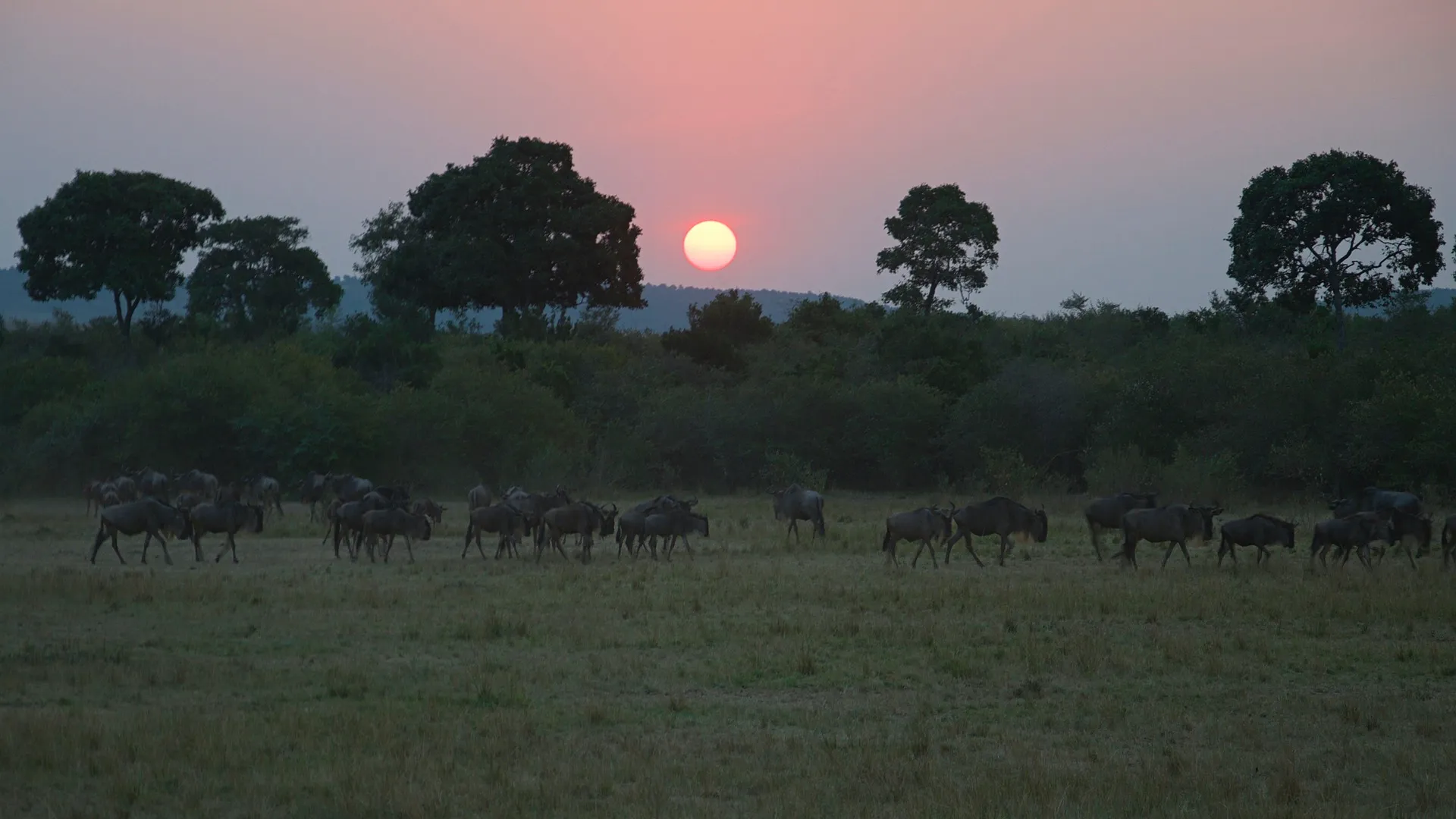
Great Migration Kenya Summary & Frequently Asked Questions
The Great Migration is a celebration of nature’s grandeur, a spectacle of life and death that unfolds on the vast plains of East Africa. By understanding the timing of this event, choosing the right accommodation, and following responsible tourism practices, your Wildebeest Migration safari can be an unforgettable experience.
Whether you’re a wildlife enthusiast, a photographer, or an adventure seeker, this wildlife spectacle offers something for everyone. As the sun sets on the Masai Mara and the roars of the wildebeest echo in the distance, you’ll carry with you memories of a lifetime.
1. What month is the wildebeest migration in Kenya?
The wildebeest migration in Kenya typically occurs in late July to August and parts of September, as well as in the last two weeks of October through early November. This annual event can be best witnessed in the Masai Mara National Reserve in southwest Kenya.
2. What time of year is the Great Migration in Kenya?
The Great Migration in Kenya usually occurs from July to October or November, when the animals cross rivers to enter the Masai Mara. This is the ideal time to witness this natural phenomenon.
3. What is the Great Migration in Kenya 2024?
The Great Migration in Kenya in 2024 refers to the dramatic annual movement of over two million wildebeest, along with zebras, eland, gazelles, and other herbivores in the Maasai Mara. It is a large national game reserve in Narok, Kenya, and is named in honor of the Maasai people who migrated to the area from the Nile Basin.
4. Where is the best place to see the Great Migration?
The best place to see the Great Migration is in the Serengeti Under Canvas, Tanzania, followed by other locations such as Angama Mara in Kenya and Nyasi Migrational Camp in Tanzania. These areas offer prime views of the wildlife spectacle.
5. What are some of the accommodation options for the Wildebeest Migration tour?
You can choose from a range of accommodation options including permanent lodges, luxury tented camps, and strategically positioned mobile camps near the Mara River. Consider your preferences and budget when making a decision.

